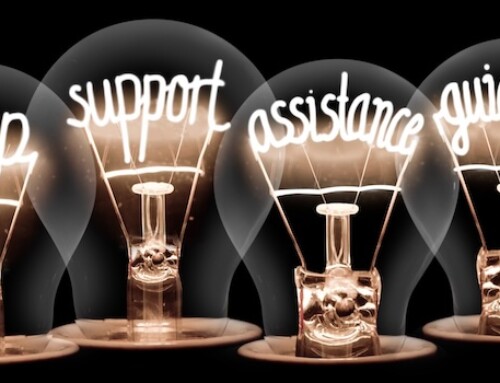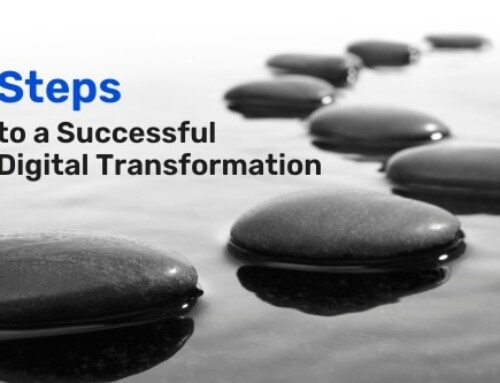 Author: Luke Ashby, Digital Consultant at Electoral Reform Services (ERS)
Author: Luke Ashby, Digital Consultant at Electoral Reform Services (ERS)
Digital by default is the UK Government’s 18-point design service standard, which is moving government transactional services online, wherever possible. This concept is not restricted to central and local government. Most, if not all, organisations will be aware of channel shift, and of the benefits of moving traditional postal communications online – benefits which can include cost-saving, better accessibility and increased environmental responsibility.
Digital communications and member elections
Membership organisations are happily communicating electronically with members via websites, through social media, emailed newsletters, with event invitations and other important messages. These digital communications are typically used in conjunction with traditional postal communications and the same multi-channel approach is achievable when conducting ballots.
It is worth noting that there is currently legislation prohibiting e-voting in statutory trade union ballots as well as local government elections. However there is still a use for digital communication during these postal ballots, in raising the profile of the ballot and reminding the electorate to vote.
Most membership organisations ballot their members, either on resolutions at an AGM or to elect a president and council, depending on their governance arrangements. Many membership organisations choose to ballot their members by post. For those wishing to introduce electronic elements there can be challenges to overcome, typically these include gaps in membership data as well as navigating the process of amending governance procedures, which often involves writing papers and gaining approval by committee.
A common trend in membership organisation voting is that higher levels of voter turnout is often achieved within the older demographics. This can mean that there is resistance to moving away from the existing and perceived preferential methods of ballot communication.
However this argument has its flip-side, by sticking to traditional methods of campaigning and balloting, organisations can fail to reach the younger or non-voting members who may prefer electronic communications.
Do people prefer digital?
Members are the focus of any successful membership organisation, and the easiest way to reach your members is to go to where they are. The 2015 Ofcom report clearly demonstrates the general UK population is more digitally-active than ever. Over 90% of the population aged between 16 and 54 has access to the internet, with over 70% of 65 to 74 year olds able to get online.
More important than simply having internet access, is that, given the choice, people generally choose a digital participation option. Our local Borough of Haringey has seen periods with as much as 90% of voter registration made online. Denmark has gone as far as to pass legislation making digital post from public authorities mandatory and 70% of Danish citizens signed up for an account ahead of the launch of this system.
Concerns and challenges
Data security is never far from the news and while people’s familiarity with secure internet transactions such as banking and shopping is increasing, there are still concerns. At ERS we have been securely administering electronic voting projects for over 16 years and abide by the strictest security standards with regular vulnerability and penetration testing.
Security issues aside, not everyone wants to go digital. This is a fact we recognize and we appreciate that digital transformation should move at a pace which does not leave anyone behind. However, a real concern for many membership organisations is that they could be missing out on attracting new and younger members, by not offering electronic means of participation.
In reality, it is, of course, about striking a balance and meeting the needs of all your members. All our digital solutions integrate with traditional postal balloting to ensure that no voter is disenfranchised. There will be a place for postal voting for many years to come, the challenge and opportunity lies in identifying which of your members want to continue receiving postal voting information and which are happy to go digital. Getting the strategy right for your specific membership is very important.
Digital solutions and strategy
Since ERS introduced e-voting to the UK in 2000, the technology has advanced hugely. Today, the front-end user experience is extremely clean and easy to navigate. The ERSvotes platform allows members to find all the ballot information in one place, as well as to nominate themselves as candidates, view videos and ultimately vote on whichever device they prefer.
As an added service for our clients, we also provide a turnout dashboard which offers greater control over election turnout than ever before. We can also profile an electorate during an election period to help you better understand your membership and identify areas where members are not voting, thus enabling future communications to intelligently target areas of disengagement.
Getting the approach and implementation right is fundamental to successful channel shift. This is demonstrated by the 76% of local councils who have adopted a digital strategy as well as by the recently created ministerial group to aid digital transformation.
ERS regularly works with clients to produce a 1-5 year digital strategy that plots achievable migration to electronic voting. The goals of a typical strategy are to create cost savings and to increase member insight opportunities without sacrificing and indeed increasing voter turnout.
Changing the culture
One of the biggest challenges of digital transformation is to address the change, both in terms of internal organisational processes and member voting channels. Technology is the enabler and fantastic tools are available, but they are only fully effective when properly used.
My advice is to empower your communications team to promote your ballots digitally and enhance the voter experience. The best way to do this is with the right tools, a clear set of principles and examples of success.
Contact for Luke: Twitter: @Luke_Ashby, Email: [email protected]
 Electoral Reform Services – the parent company of Membership Engagement Service, a MemberWise Recognised Provider. Learn more about Electoral Reform Services, digital voting strategy and the @ERSvotes range of digital democracy solutions.
Electoral Reform Services – the parent company of Membership Engagement Service, a MemberWise Recognised Provider. Learn more about Electoral Reform Services, digital voting strategy and the @ERSvotes range of digital democracy solutions.










Leave A Comment